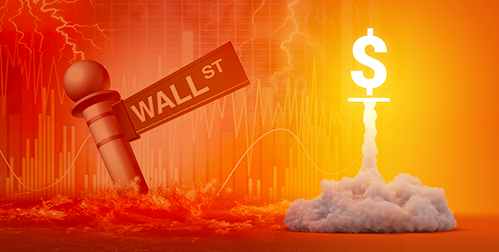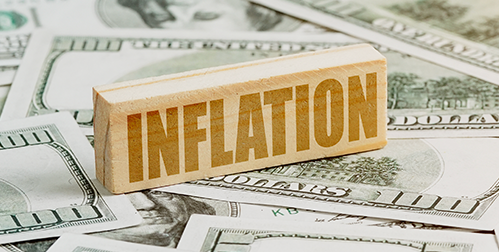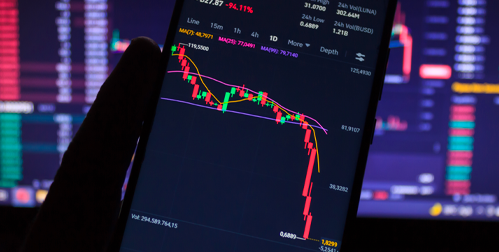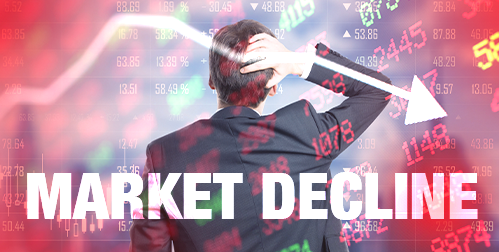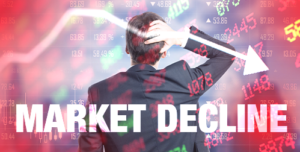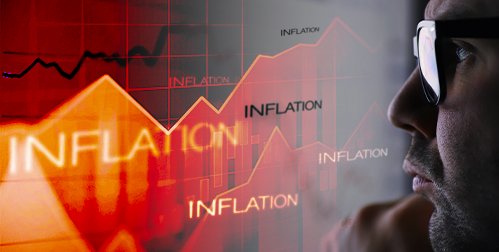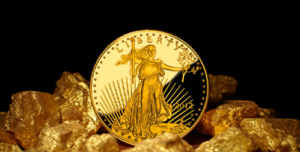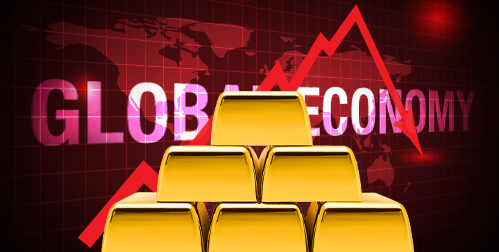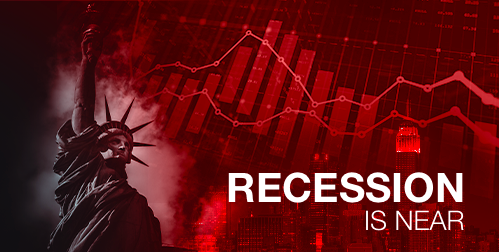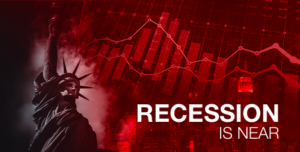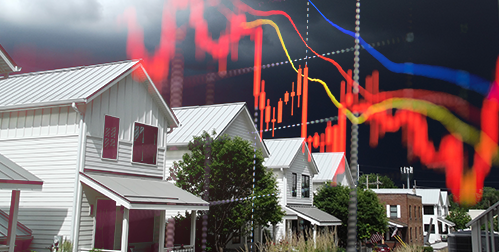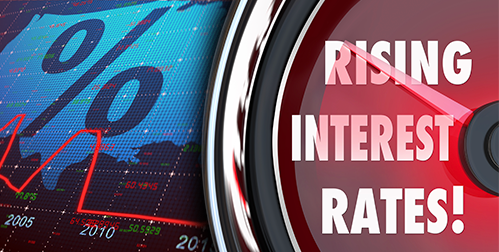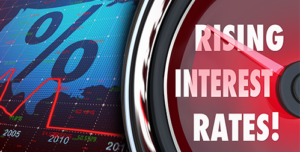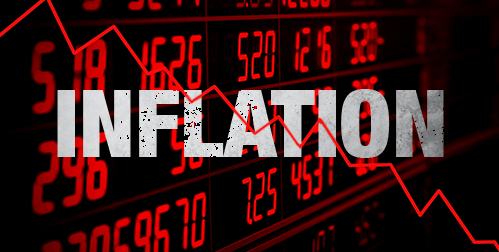- The Consumer Price Index increased to a 40-year high of 9.1%
- Though led by energy prices, inflation is making every sector more expensive for Americans
- Recession is more likely as the Federal Reserve is set to raise interest rates more aggressively
Inflation Hits a New 40-year High
Inflation defied expectations, again. The consumer price index increased 9.1% from a year ago in June. It was above the 8.8% Dow Jones estimate. That marked that fastest pace for inflation going back to November 1981.1
The record high inflation is punishing millions of Americans. The Bureau of Labor Statistics said shoppers are paying higher prices for a variety of goods. Costs swelled for gasoline, groceries, rent and dental care.
Energy prices surged 7.5% from last month. They are up 41.6% from a year ago. Gasoline costs 59.9% more than it did last year. Food and shelter costs were up as well. This was the sixth straight month that food and shelter increased. In addition, rental costs had their largest monthly increase since April 1986. 2
Inflation has largely erased the strong wage gains seen in recent months. Real average hourly earnings decreased 1% in June from the previous month according to the Labor Department. On an annual basis, real earnings dropped 3.6%. 3
The average American worker has lost $3,400 in annual wages under Biden thanks to inflation.
Meanwhile, the average family in which both parents work has lost $6,800 in annual wages. Inflation has basically wiped out the federal stimulus money people received during the pandemic. The same stimulus that most economists hold responsible for inflation in the first place. 4
Today’s data seems to counter the idea that inflation may be peaking. What is worrying is that the sources of inflation are increasing. A Navy Federal Credit Union economist stated, “Though CPI’s spike is led by energy and food prices, which are largely global problems, prices continue to mount for domestic goods and services, from shelter to autos to apparel.”5
Gas prices have started to drop in recent weeks. However, economists warn that the situation might not significantly improve for some time. People will continue to struggle to afford essentials like housing and groceries. Oxford Economics projects that inflation will still be running at 7 percent by the end of the year.
Chris Zaccarelli, Chief Investment Officer of Independent Advisor Alliance, said, “This morning’s number is staggeringly high. It’s higher than expected and shows that inflation is going quickly in the wrong direction. It really pushes the Fed even further into the corner they’ve been operating in. They need to raise rates quickly and they need to raise rates by large amounts.”6
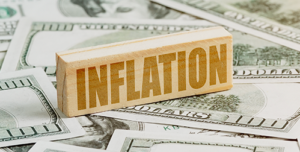
The Fed Forced to Respond More Aggressively
The Federal Reserve seems set to take an even more aggressive position. They have already raised borrowing costs by 1.5 percentage points. The Fed is expected to raise interest rates another .75 percentage points at their next meeting. The last .75 percentage point increase was the biggest hike since 1994. 7
However, traders now believe a full percentage point increase is on the table. About 38% of traders are now pricing in the chances of a 100-basis point increase later this month, according to the CME Group’s FedWatch tool. That is up from a 0% chance last week. 8
The Fed’s plan is to make it more expensive to borrow money and do things like buy a home or take out a car loan. The goal is to weaken consumer demand, leading to Americans spending less, and, eventually, prices dropping. Economists fear the Fed won’t stick their ‘soft landing’. Instead, they will crash the economy into a recession. Record interest rate hikes without results are eroding the credibility of the Fed.
Stocks fell following the data release. Since the Fed started raising interest rates in March, the S&P 500 stock index is down almost 9 percent. The Dow Jones Industrial Average is down more than 6.5 percent during the same period. It is down almost 16 percent since the beginning of the year.
Debt heavy technology stocks have been hit particularly hard. The Nasdaq stock index is down more than 10 percent since rates started going up. It is down nearly 30 percent since January. 9
Policymakers are short on solutions but long on blame. Inflation is rooted in multiple factors. They include clogged supply chains, outsized demand for goods, and trillions of dollars in Covid-related stimulus spending.
White House officials have blamed the uptick in prices on Russia’s invasion of Ukraine. However, inflation was already moving aggressively higher before that attack in February. The administration also blames “greedy corporations” for using the pandemic as an excuse to raise prices. And yet, after-tax corporate profits have increased just 1.3% in aggregate since the second quarter of 2021, when inflation took hold.10
The causes of inflation aren’t showing any signs of relenting. The Federal government is revealing how powerless it is to bring inflation under control. Investors should take the initiative to protect their wealth while they still can. A Gold IRA from American Hartford Gold can shield your retirement funds from runaway inflation. Contact us today to learn more.
